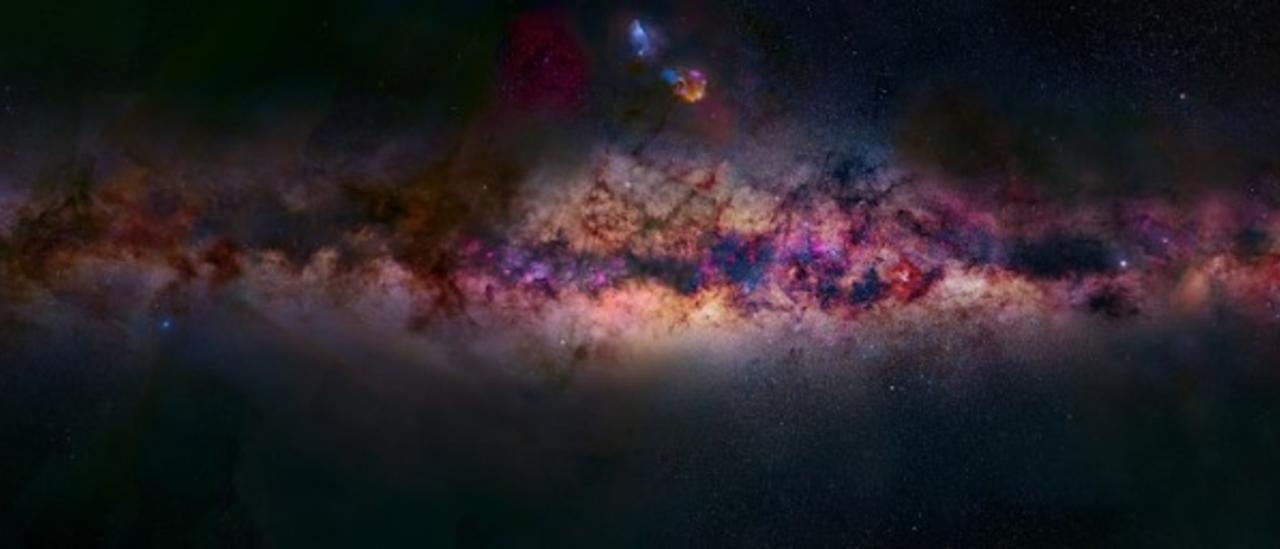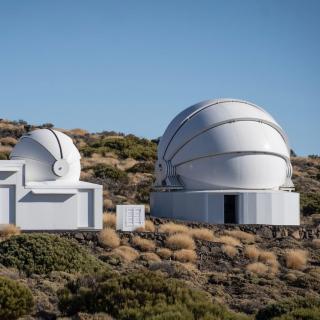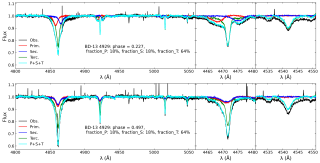A reflex digital camera, a telephoto lens, and skies renowned world-wide for their quality and darkness. These are the ingredients of “GALÁCTICA” a project carried out at the Instituto de Astrofísica de Canarias (IAC) in collaboration with the Spanish Foundation for Science and Technology (FECYT), whose objective has been to obtain a “gigapan” a giant mosaic of the Milky Way for didactic use. “Thanks to the exceptional atmospheric conditions at the Teide Observatory and at the observatory in Namibia we have obtained high quality images” explains Miquel Serra-Ricart, the coordinator of the project, the manager of the Teide Observatory and an IAC researcher. “GALÁCTICA-south obliged us to travel to Namibia, where we found skies with exceptional transparency and darkness. The final image of the Large Magellanic Cloud has an extraordinary wealth of detail, as we show in one of the images”, he adds.
The instrumentation and the project
The DSLR full-frame camera with a very luminous teleobjective was used to carry out the observations of the panorama. At the same time a second modified camera, with a 400mm f/2.8 objective, and a CCD detector was used, with narrow band filters to obtain images of 70 specific objects, which form part of the catalogue of “galactic fauna” (see https://flic.kr/s/aHskQ9fJzA).
The two cameras were place in “follow” mode on the robotic TAD (Open Telescope for outreach for its Spanish initials) telescope with an equatorial mount to counteract the Earth’s rotation. This telescope is situated at the Teide Observatory (Tenerife). In the southern hemisphere the same instruments, place on a similar mount, installed at the astronomical HAKOS farm in Namibia.
It has taken some 80 nights of observation during 10 months, because observations could be taken only around new Moon in order to use maximum darkness. This implies a total of 300 hours for the panorama, and 80 hours for the objects of the “galactic fauna”
GALÁCTICA will be presented during the summer in the Madrid Planetarium in a large module (4 metres for the general panorama of the Galaxy). In the words of the director Telmo Fernández “we consider GALÁCTICA to be of great importance for the general public and for the educational community, as well as an outstanding resource for stimulating new vocations in science”
GALÁCTICA is a project funded by the FECYT (The Spanish Foundation for Science and Technology) of the Ministry of Science, Innovation, and Universities.
More information:
GIGAPAN GALÁCTICA http://gigapan.com/gigapans/215143
Web del proyecto: http://galactica.astroaula.net
Fauna Galáctica (high resolution images) https://flic.kr/s/aHskQ9fJzA
Contact: Miquel Serra-Ricart: mserra [at] iac.es (mserra[at]iac[dot]es) y 922605200



